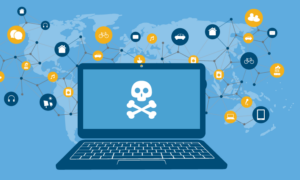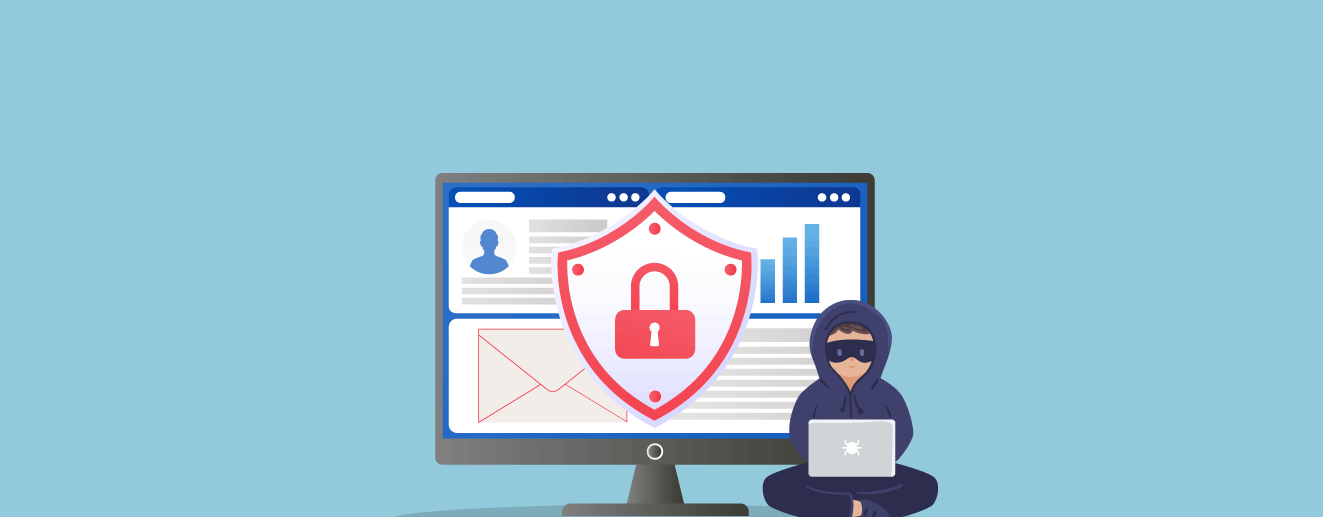In today’s interconnected world, protecting your website from cyberattacks is no longer an option; it’s a necessity. From data breaches to defacement, hackers can cause irreparable damage to your online presence and reputation.
But fear not! In this essential guide, we will arm you with knowledge and strategies to safeguard your website against these malicious attacks. Whether you’re a business owner or a web developer, understanding the different types of website attacks and implementing preventive measures is crucial for staying one step ahead of those pesky hackers.
So grab your virtual armor and let’s dive into the wonderful (yet treacherous) world of cybersecurity!
The Different Types of Website Attacks
When it comes to website attacks, hackers have an arsenal of tactics at their disposal. Each attack method is designed to exploit vulnerabilities in your website’s security and gain unauthorized access or cause harm. Let’s take a closer look at some of the most common types of website attacks you should be aware of.

1. Distributed Denial-of-Service (DDoS) Attacks: In a DDoS attack, hackers flood your website with an overwhelming amount of traffic, causing it to crash or become inaccessible for legitimate users. This can lead to significant financial losses and damage your reputation.
2. SQL Injection: By exploiting vulnerabilities in your website’s database management system, hackers can manipulate SQL queries to gain unauthorized access or extract sensitive information from your databases.
3. Cross-Site Scripting (XSS): XSS attacks involve injecting malicious scripts into web pages viewed by unsuspecting users, allowing hackers to steal data or compromise user accounts.
4. Phishing Attacks: Phishing emails are crafted to deceive recipients into revealing sensitive information like passwords or credit card details by posing as trustworthy entities such as banks or online platforms.
5. Brute Force Attacks: In a brute force attack, hackers use automated tools that systematically try different combinations until they crack weak passwords and gain entry into your website.
6. Malware Infections: Hackers may inject malicious code onto your site through compromised files or plugins, which can lead to malware infections on visitors’ devices and further spread the infection across networks.
Understanding these different types of attacks is crucial because each requires specific preventive measures tailored to its nature and potential impact on your website’s security.
How to Prevent Website Attacks
One of the most important steps you can take to protect your website from hackers is to keep all software and plugins up-to-date. This includes not just your content management system (CMS), but also any themes or plugins you have installed. Hackers often exploit vulnerabilities in outdated software, so staying current is crucial.

Another key preventive measure is to use strong and unique passwords for all accounts associated with your website. Avoid using common phrases or easily guessable information, such as birthdates or pet names. Instead, opt for a combination of uppercase and lowercase letters, numbers, and symbols.
Implementing two-factor authentication (2FA) adds an extra layer of security by requiring users to provide two forms of identification before accessing sensitive areas of your website. This could include entering a code sent via SMS or using a biometric identifier like fingerprint recognition.
Regularly backing up your website’s data is essential for protecting against potential attacks. If your site does get hacked, having backups ensures that you can quickly restore it to its previous state without losing valuable information.
Installing a web application firewall (WAF) helps block malicious traffic from reaching your website by filtering out suspicious requests. A WAF acts as a barrier between your site and potential attackers, monitoring incoming traffic and blocking any that appear harmful.
Educating yourself about common hacking techniques can help you stay one step ahead of cybercriminals. By understanding how hackers operate—such as through phishing emails or SQL injection attacks—you’ll be better equipped to identify potential threats and take proactive measures to prevent them.
Remember: prevention plays a critical role in safeguarding against website attacks! Stay vigilant and proactive in implementing these preventative measures—it’s always easier to protect than recover!
What to Do If Your Website Is Hacked

In the unfortunate event that your website falls victim to a hacking attack, it’s crucial to act swiftly and effectively. Here are some steps you can take if your website is hacked:
1. Assess the damage: Start by determining the extent of the hack and identifying any compromised files or data. This will help you understand what needs to be addressed.
2. Quarantine affected areas: Isolate any infected files or sections of your website to prevent further spread of malware or malicious code.
3. Change passwords and update security measures: Reset all passwords associated with your website, including those for hosting accounts, content management systems, databases, and FTP access. Implement stronger password policies moving forward.
4. Remove malware and restore backups: Use a reliable security plugin or engage professional help to scan your website for malware and remove any malicious code detected. If you have recent backups available, restore them after ensuring they are clean.
5. Patch vulnerabilities: Identify how the hacker gained access in the first place and address any vulnerabilities in your website’s software or plugins accordingly. Stay up-to-date with patches released by developers to ensure better protection against future attacks.
6. Continue monitoring: Regularly monitor logs, traffic patterns, user activity, and file integrity on your website for signs of suspicious behavior post-hack.
7. Communicate with users/customers: Be transparent about the incident by notifying users/customers about the hack through email notifications or announcements on your site’s homepage/social media platforms where possible—this helps maintain trust while also advising them on taking precautionary measures if necessary.
8. Report incidents (if applicable): Depending on where you’re located/your industry regulations, reporting cybersecurity incidents may be mandatory; consult local authorities/industry-specific guidelines regarding such obligations when facing an attack.
9. Learn from the experience: Conduct a thorough analysis of what caused the breach in order to strengthen your overall security posture moving forward—a proactive approach can significantly reduce future risks.
